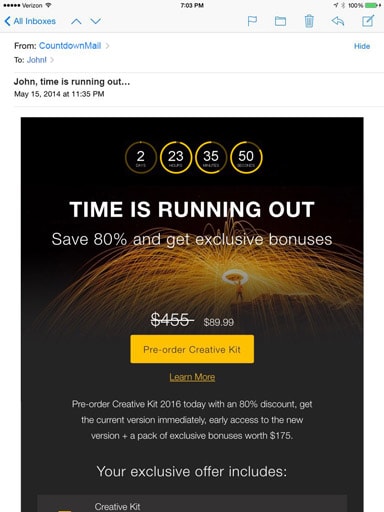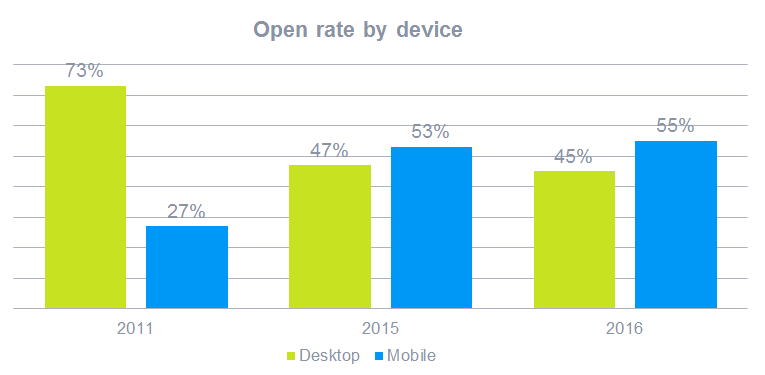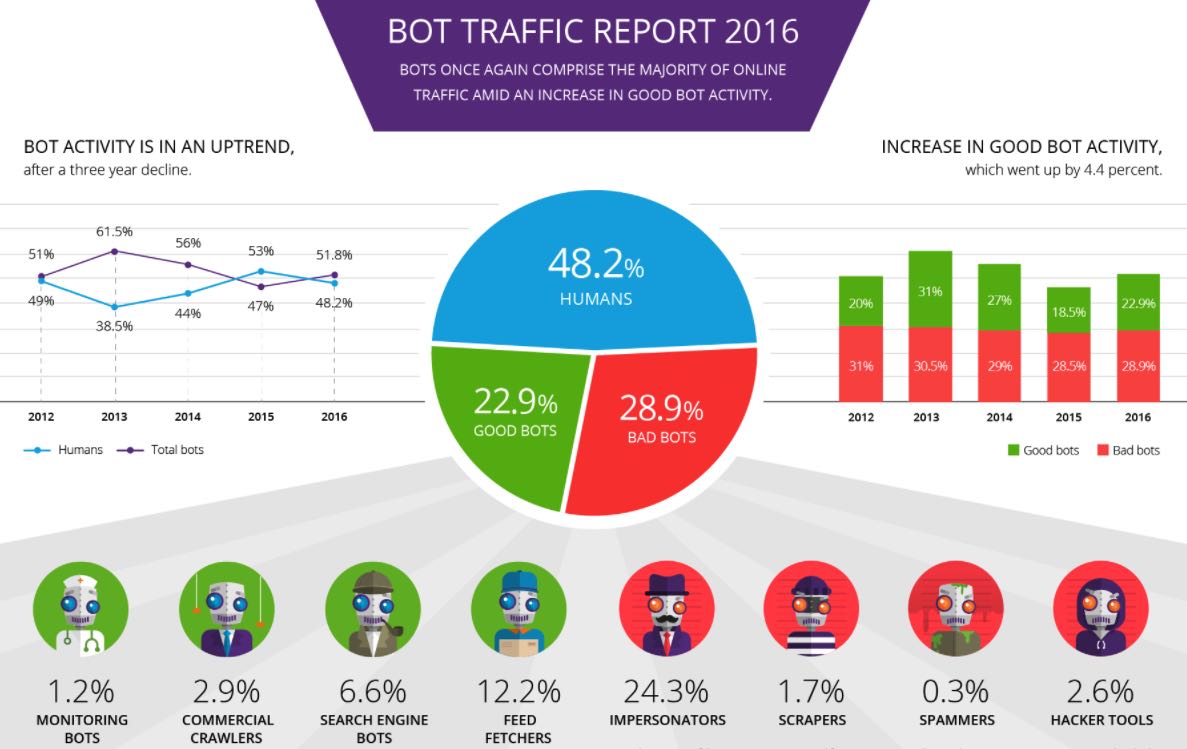Most small businesses want to spread the word about their product or service to as many people as possible. But after covering the cost of inventory, employee wages, utilities, taxes, and a host of other expenses, many of these businesses simply don’t have enough money left over to launch widespread advertising campaigns. The good news is…even if you’re running a business on a tight budget, you can still afford effective advertising; you’ll just need to think local.
Local marketing, or location-based marketing, is the process of optimizing your company’s website and online presence to drive traffic to localized areas. This is particularly useful now that Google’s algorithm utilizes location in its search results. People looking for goods and services online get results for nearby businesses relevant to their search request. This is a highly targeted, low-cost way for businesess—big and small—to reach customers.
7 Ways to Increase Your Revenue With Local Marketing
1. Optimize Your Website for Mobile
Small businesses need to capture the attention of mobile searchers. Increase the odds of converting these leads by optimizing your website for mobile so that whatever screen your site is accessed on, it will still be displayed seamlessly.
2. Get Your Business Listed
One of the first things you can do for your small business is to get listed on Google’s My Business or Facebook. Doing this will enable you to update and manage critical information like your business address, contact details, opening hours, and images.
3. Build Bridges With Local Businesses
Align yourself with an established shop in the area and come to a mutual marketing agreement. For instance, a consultancy group could offer a discount on one of its seminars to the top clients of a local accounting firm. Working with these businesses enhance your credibility and gives prospective clients a chance to learn more about your company.
4. Secure Testimonials
A lot of people rely on online reviews when they’re trying to assess whether a business is trustworthy. Try to secure a testimonial from a resident since it will carry more weight, especially if it’s from someone known in the area.
5. Use Social Media to Engage With the Locals
Social media has made connecting with people so easy. You can integrate platforms like Facebook or Instagram into your customer service and outreach efforts. For instance, you could use hyper-local keywords in your posts or hashtags to establish your current location or put the focus on local stores that you have partnered with.
6. Work With Local Publications
Work with local publications to engender more face time with the area’s residents. Find a publication that ties up with your product or business model. Check if they’re looking for ad placements or even guest blog writers. You can even ask them if they can do a write-up about your company.
7. Sponsor a Community or Charity Event
Sponsoring an event is an effective way to utilize one of the most fundamental advertising tactics—putting your name on something. Consider sponsoring a neighborhood team or donating to a known charity in exchange for putting your brand’s name on the marquee or t-shirts from the event. You’ll be giving money to a good cause while ensuring that your company’s name is seen by a captive market.
A local marketing strategy can be an effective way to generate sales for your small business without spending too much. Get your brand noticed by interacting with the community, whether it’s through local influencer, partnering with an established shop, or sponsoring an event.
[Featured image via Pixabay]









 lucrative demographic, the most powerful group, at least when it comes to spending, is still the baby boomers.
lucrative demographic, the most powerful group, at least when it comes to spending, is still the baby boomers.






















 uninterrupted audience attention in that amount of time?
uninterrupted audience attention in that amount of time?
 bandwagon with its Siri speaker due to be released soon. This is why businesses should include voice search in their online marketing campaign, rather than focus solely on text-based searches.
bandwagon with its Siri speaker due to be released soon. This is why businesses should include voice search in their online marketing campaign, rather than focus solely on text-based searches.
 internet users to skip one step. Instead of searching for “pulled pork sandwiches,” they can just go ahead and order the food from the best restaurant based on customer and critic reviews.
internet users to skip one step. Instead of searching for “pulled pork sandwiches,” they can just go ahead and order the food from the best restaurant based on customer and critic reviews.


 can help drive traffic to your website.
can help drive traffic to your website.

















